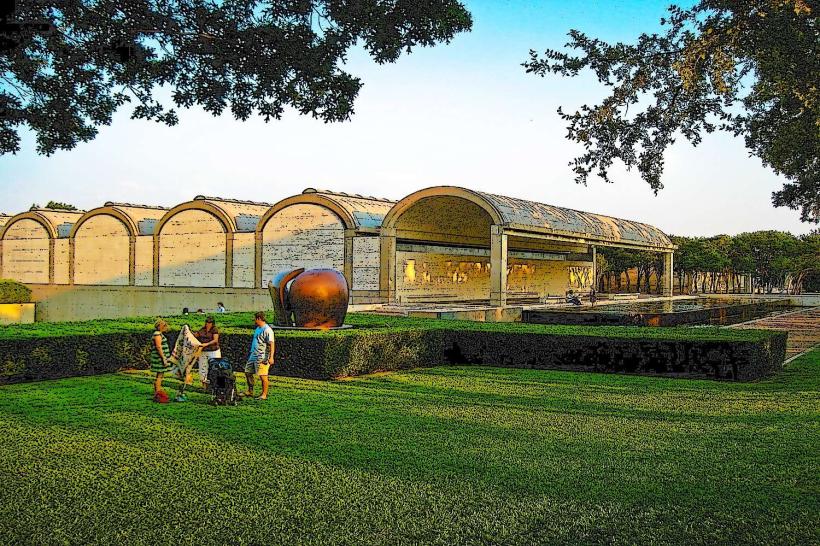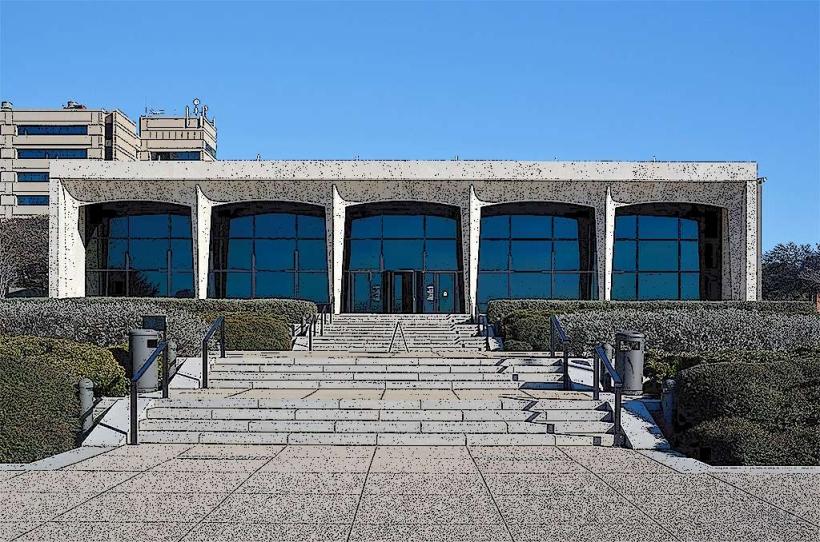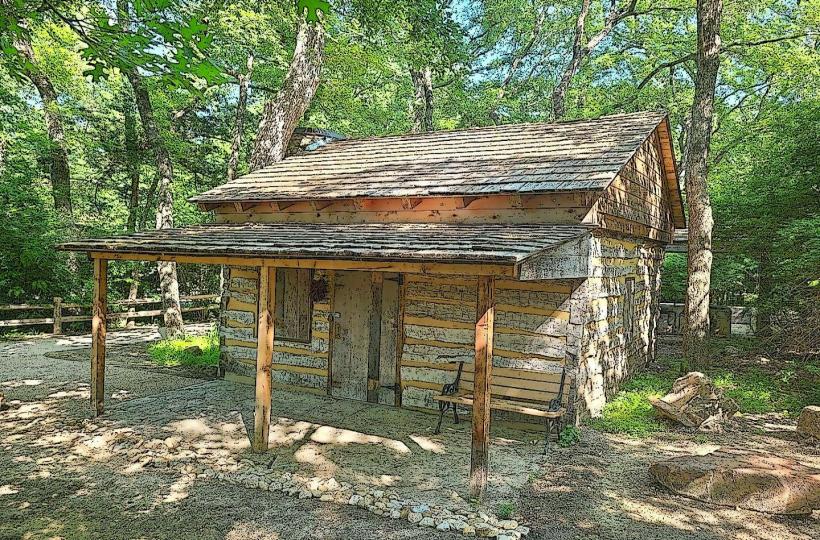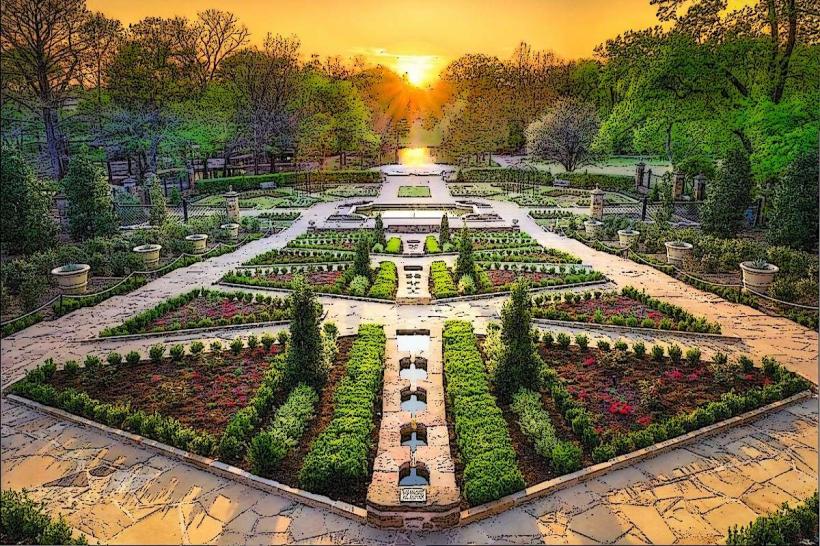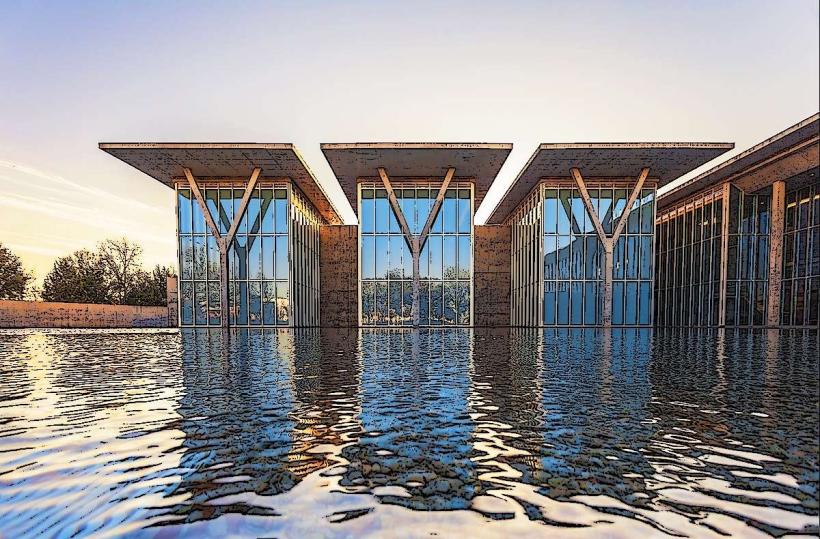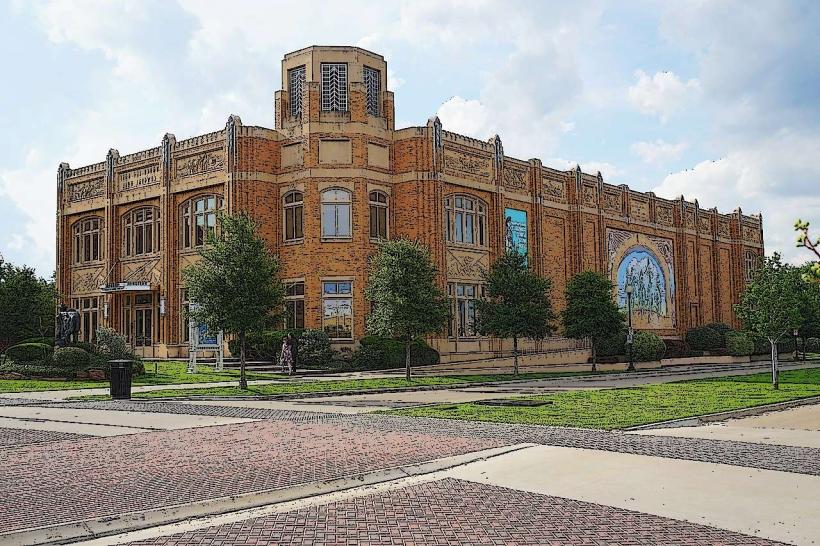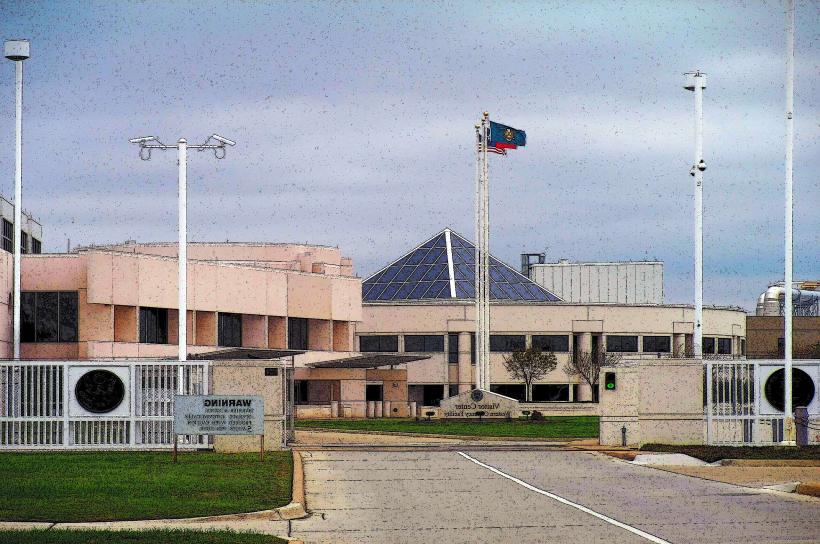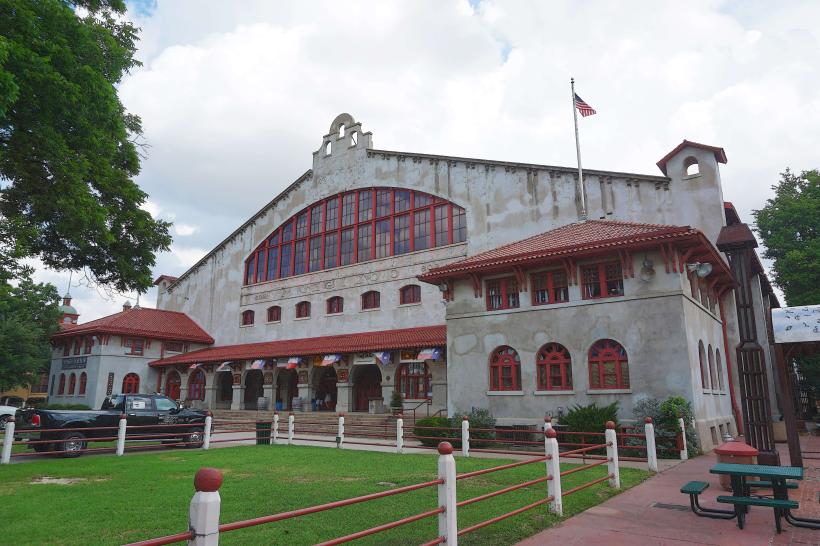Information
Landmark: Texas Christian University (TCU)City: Fort Worth
Country: USA Texas
Continent: North America
Texas Christian University (TCU), Fort Worth, USA Texas, North America
1. General Overview
Location: Fort Worth, Texas, about 5 miles southwest of downtown.
Size: Approximately 302 acres.
Founded: 1873 by Addison and Randolph Clark.
Affiliation: Historically affiliated with the Christian Church (Disciples of Christ) but maintains a nonsectarian admissions policy and diverse campus culture.
2. Campus Design and Environment
Architecture:
Noted for its neo-classical Beaux-Arts style.
Dominated by TCU buff brick (a distinctive golden hue) and red tile roofs.
Features consistent aesthetic continuity across academic, residential, and administrative buildings.
Landscape and Green Space:
Recognized as a Tree Campus USA, the campus has thousands of trees and carefully maintained gardens.
Includes shaded walkways, open lawns, fountains, and reflection pools.
Sustainability:
23 buildings are LEED Gold-certified.
Central energy and irrigation management systems promote water and power conservation.
Emphasis on walkability and green construction standards.
3. Key Facilities and Buildings
Academic and Cultural Buildings
Rees-Jones Hall: Interdisciplinary academic building with modern classrooms.
Van Cliburn Concert Hall: State-of-the-art venue for music performances.
TCU Music Center: Home to practice rooms, recording studios, and recital spaces.
Moudy Building: Houses the Bob Schieffer College of Communication.
Tucker Technology Center: For engineering and science programs.
Library
Mary Couts Burnett Library: Includes research materials, archives, study spaces, computer labs, and the Center for Digital Expression.
4. Student Life Areas
Campus Commons
Central quad-like area surrounded by modern residence halls.
Major site for events, student activities, and informal gatherings.
Developed in the early 2000s to foster a more residential, community-oriented experience.
Brown-Lupton University Union (BLUU)
Social and administrative hub for students.
Includes dining areas, student organization offices, event spaces, and lounges.
Recreational Facilities
University Recreation Center (202,000 sq ft):
Weight rooms, basketball courts, indoor track.
Outdoor and indoor pools.
Climbing wall and wellness spaces.
5. Housing and Residence Life
16 residence halls, from traditional dorms to suite- and apartment-style housing.
Roughly 50% of undergraduate students live on campus.
Notable halls include:
Clark Hall and Jarvis Hall (historic dorms)
Moncrief Hall, Milton Daniel Hall, and others in the Commons
TCU has been consistently ranked among the top universities in the U.S. for student housing.
6. Special and Laboratory Schools
Starpoint School: Serves children with learning differences.
KinderFrogs School: Inclusive early education for children with Down syndrome.
Both are located on campus and are part of the College of Education.
7. Athletics and Stadiums
Amon G. Carter Stadium: Home of TCU Horned Frogs football.
Schollmaier Arena: For basketball and other indoor sports.
Lupton Stadium: Baseball.
Part of the Big 12 Conference, TCU’s athletic facilities are modern and high-capacity, supporting a major NCAA Division I program.
8. Religious and Spiritual Life
While affiliated with the Christian Church (Disciples of Christ), TCU is religiously inclusive.
Hosts more than 20 religious organizations, representing Christian denominations, Judaism, Islam, and others.
The Robert Carr Chapel and Interfaith Sanctuary offer quiet spaces for worship, meditation, and services.
9. Campus Expansion and Future Plans
Master Plan 2033 includes:
25 new buildings
Increased housing capacity
New parking structures
Expansion of athletic, academic, and recreational facilities
Goal: Accommodate up to 15,000 undergraduates while maintaining a strong residential experience.
10. Community and Culture
Over 400 student organizations, including service groups, cultural associations, academic clubs, and recreational groups.
Greek life is active, with over 30 fraternities and sororities and about 40% participation among students.
Emphasis on leadership, volunteerism, and inclusivity.


